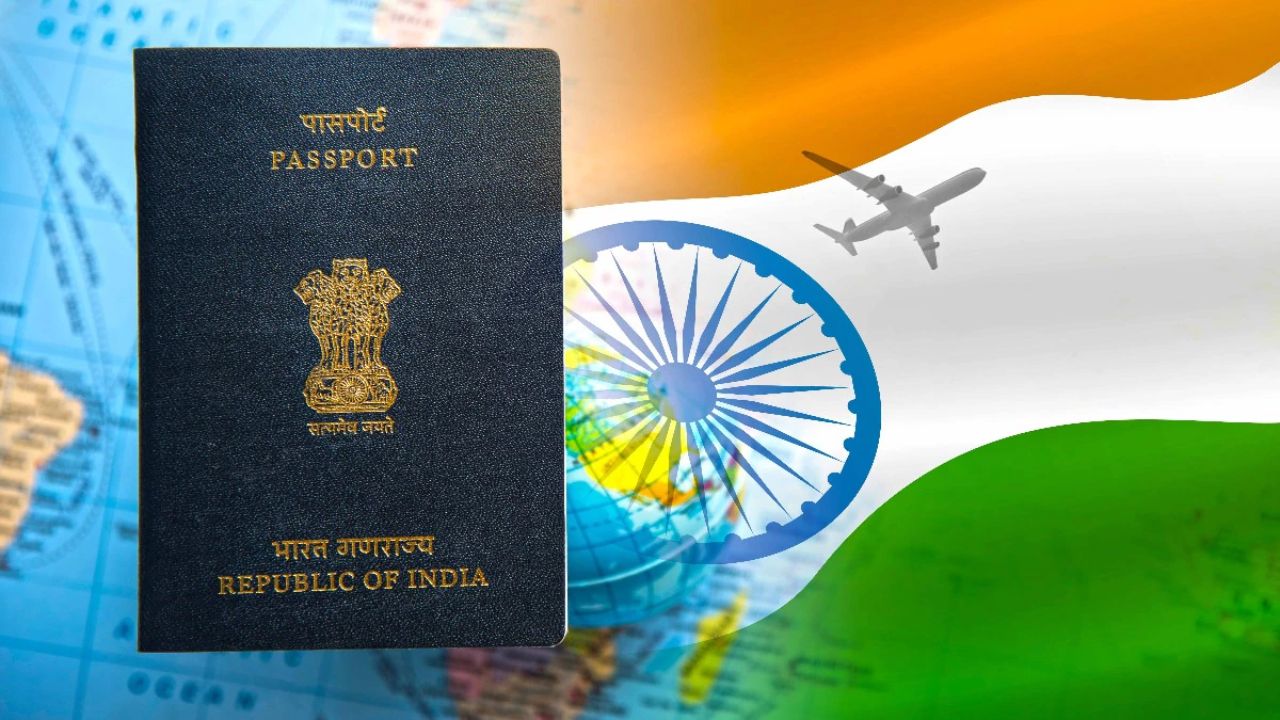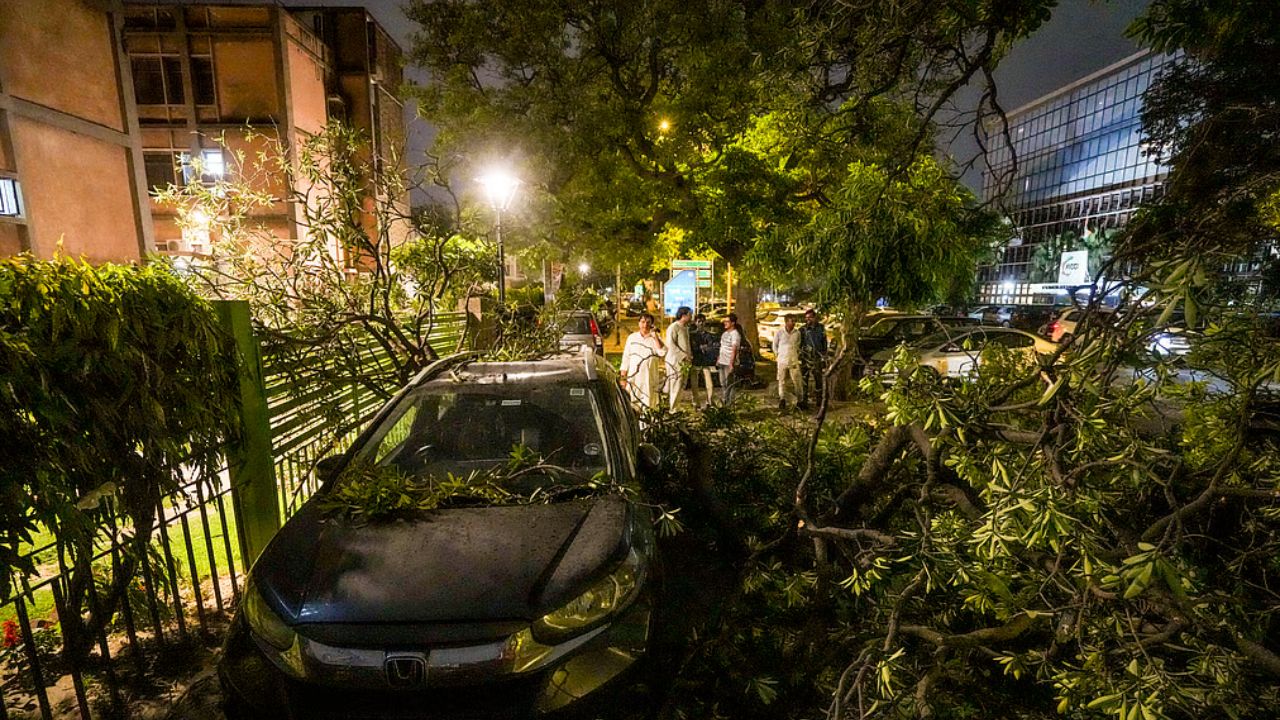Amid growing concerns over a potential water crisis, sporadic rain and snowfall offer much-needed relief to Jammu and Kashmir.
After an unusually dry winter fueled fears of a looming water crisis in Kashmir, intermittent rain and snowfall over the past two weeks have provided much-needed relief to the region. Meteorological department officials have confirmed

After an unusually dry winter fueled fears of a looming water crisis in Kashmir, intermittent rain and snowfall over the past two weeks have provided much-needed relief to the region. Meteorological department officials have confirmed that precipitation in the plains and snow accumulation in higher altitudes during the first half of March has helped alleviate concerns.
“The rain deficit has now almost neutralized,” said Mukhtar Ahmad, director of the meteorological department in Srinagar.
Jammu and Kashmir faced an exceptionally dry winter this year, recording an 80% rainfall deficit by mid-February. The prolonged dry spell led to drying rivers, springs, and ponds, raising alarm over potential water shortages in the summer and the adverse impact on Kashmir’s horticulture sector, a vital part of the region’s economy.
However, the recent showers have somewhat revived water bodies and improved groundwater levels. Experts, though, remain cautious, warning that the situation could deteriorate if adequate rainfall does not continue into the summer months.
According to official figures, as of March 13, the Kashmir Valley had received 143 mm of rain, significantly below the normal 237 mm, while Jammu recorded 187 mm against an expected 259 mm.
District-wise data indicates that Kupwara received the highest rainfall in the Valley, measuring 235.2 mm, followed by Bandipora (183.5 mm) and Baramulla (118.7 mm). Meanwhile, Shopian, a key apple-growing district, recorded the lowest rainfall at 82 mm.
In Jammu, Ramban experienced the highest rainfall at 344.7 mm, followed by Kishtwar (239.5 mm) and Udhampur (229.6 mm). Samba, on the other hand, recorded 103 mm, aligning with the normal range for this period.
Although Kashmir was still experiencing a 40% rainfall deficit and Jammu a 28% shortfall as of March 13, Ahmad noted that additional rainfall between March 13 and 15 had significantly reduced the gap.
The rain has come as a relief to farmers and fruit growers, many of whom had been bracing for potential losses.
“We finally received good rainfall over the past week,” said Nisar Ahmad, a fruit grower from Sopore. “This gives us hope for a healthy crop season ahead.”





